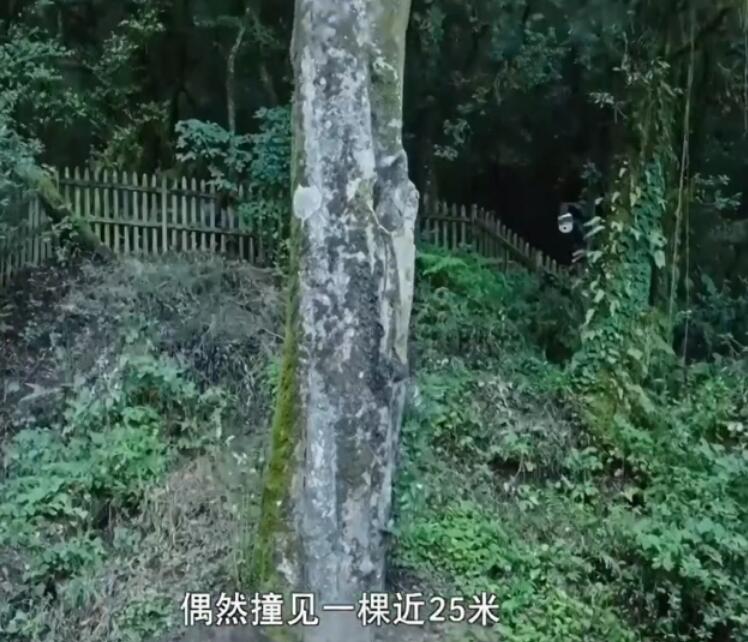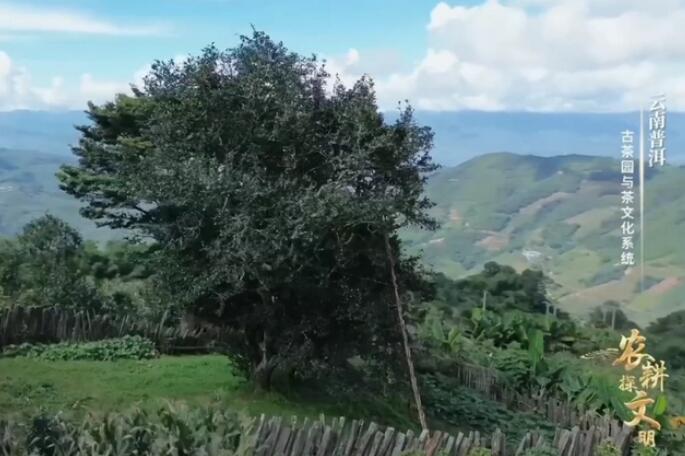In 1991, in a primitive forest in Qianjiazhai, Pu'er, Yunnan, a tea farmer accidentally stumbled upon a wild ancient tea tree that was nearly 25 meters high, with a height of 9 floors.

It is reported that this ancient tea tree is over 2700 years old. It was born in the spring and autumn period and is the oldest wild tea tree discovered in the world so far.
This wild ancient tea tree, over 2700 years old, discovered in Qianjiazhai, Pu'er, Yunnan, is undoubtedly a living witness to the history of tea in China and even globally. This is not just a tree, but also a milestone in the development of human civilization and tea culture.

This 25 meter tall wild ancient tea tree showcases the wonders of nature to us with its tenacious vitality. For 2700 years, it has gone through countless storms, wars, and historical changes, but still stands firm and contributes precious tea to people every year.
The existence of this ancient tea tree not only enriches our understanding of the origin of tea, but also provides valuable scientific research and historical evidence.
It tells us that tea cultivation and utilization have a long history in China and are an indispensable part of Chinese civilization.
This ancient tea tree also provides us with an opportunity to conduct in-depth research and explore tea cultivation techniques and culture. We can learn about the cultivation, production, and consumption of tea from it, further promoting and developing China's tea culture.
Meanwhile, this ancient tea tree has also brought enormous economic and cultural value to the local area. It can attract more tourists and tea enthusiasts to visit and learn, promoting the development of local tourism and economy.
However, the discovery of this ancient tea tree also reminds us that with the process of modern industrialization and urbanization, the protection of the ecological environment and wildlife is facing serious challenges.
We cannot let these precious natural heritage disappear into our hands. The government and all sectors of society should increase efforts to protect these precious natural resources, so that future generations can also appreciate these ancient and magical plants.





